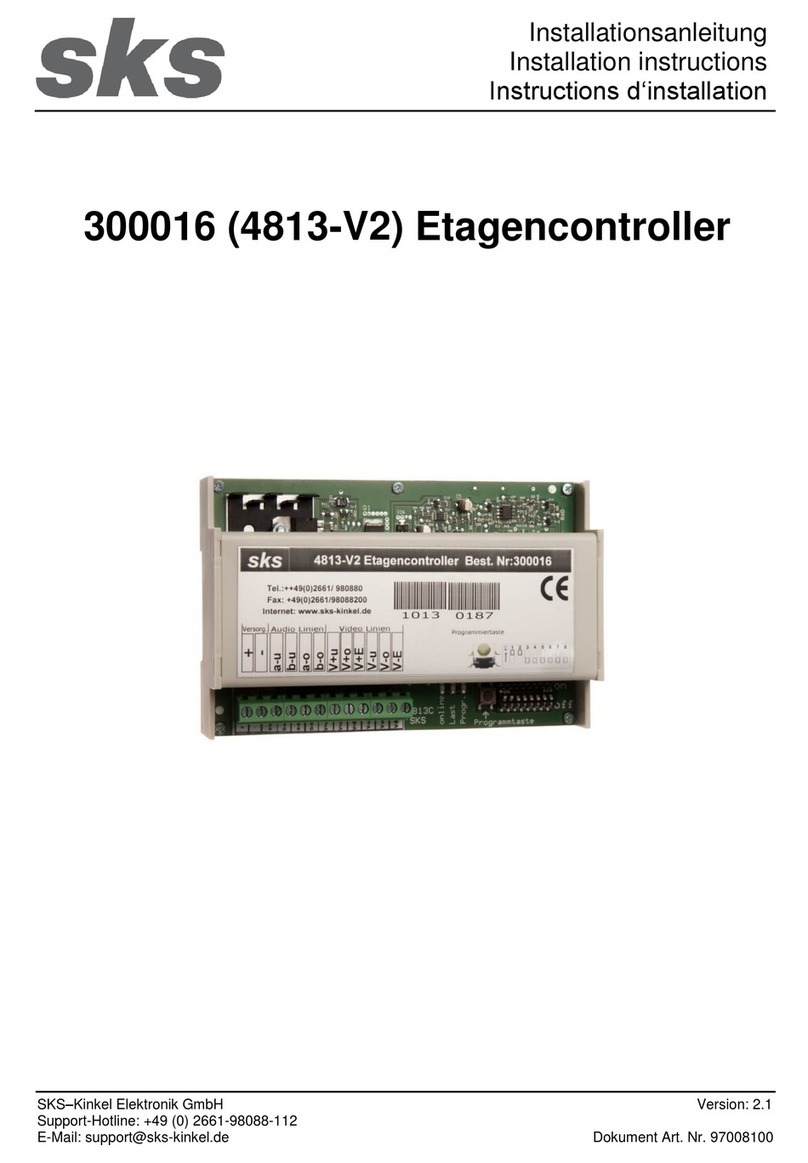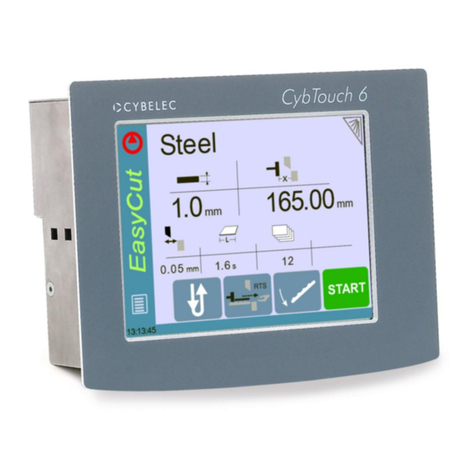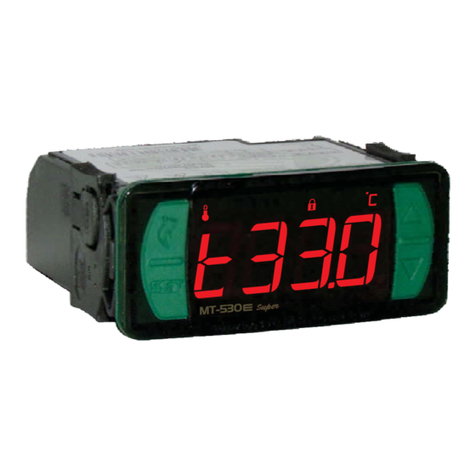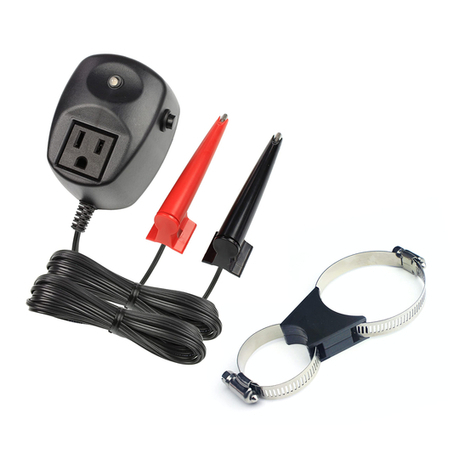TECSYSTEM NT579 User manual




















Table of contents
Other TECSYSTEM Controllers manuals
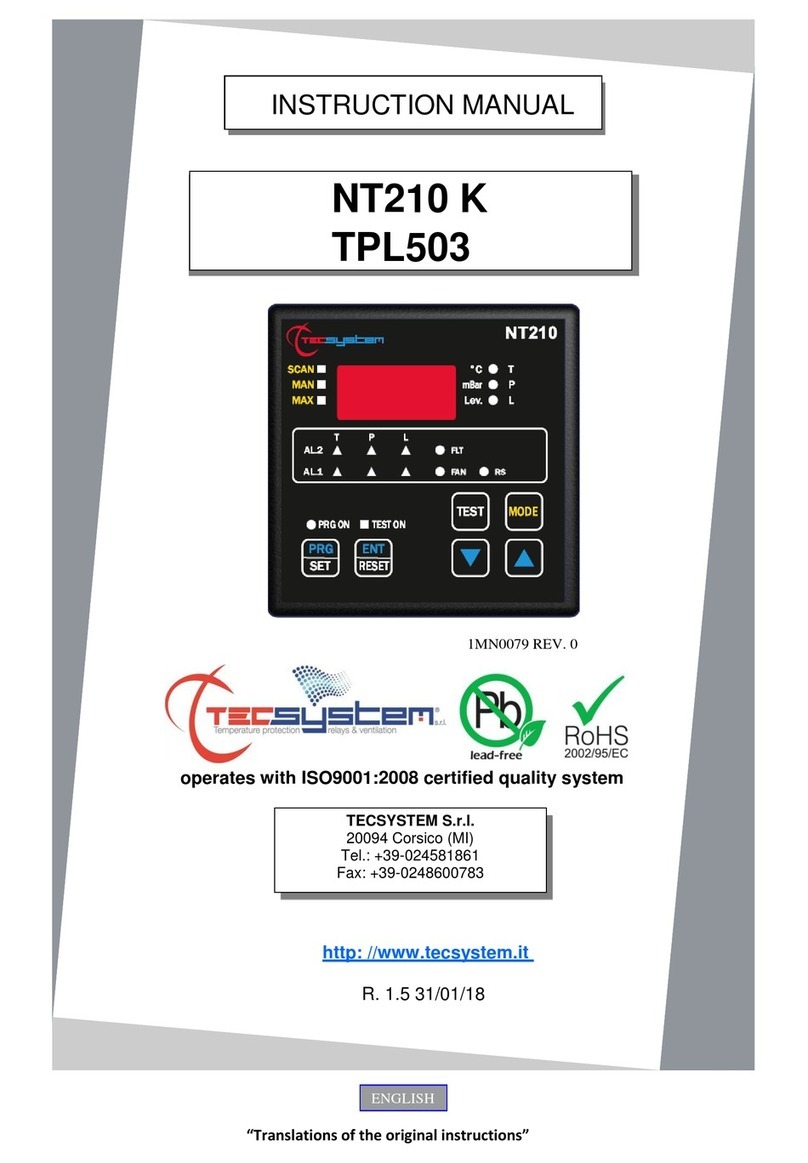
TECSYSTEM
TECSYSTEM NT210 K User manual
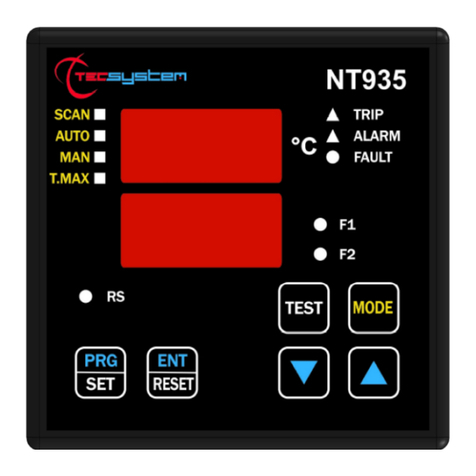
TECSYSTEM
TECSYSTEM NT935 User manual
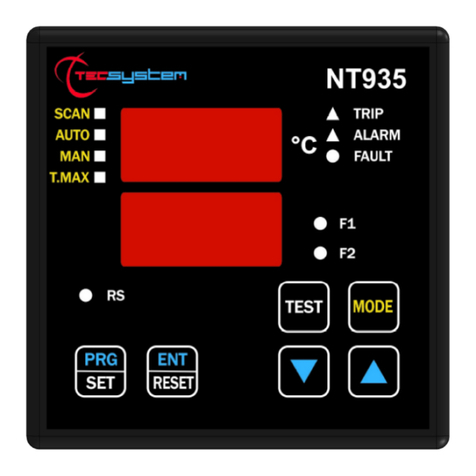
TECSYSTEM
TECSYSTEM NT935-4 User manual
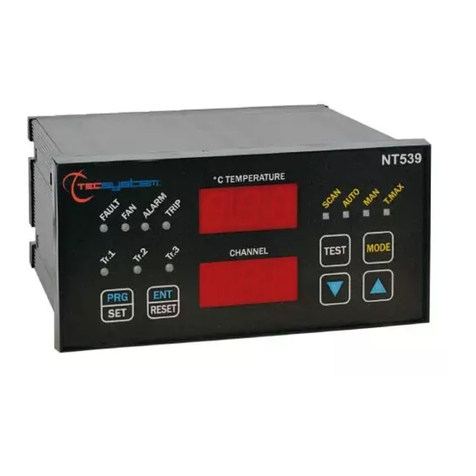
TECSYSTEM
TECSYSTEM NT539 User manual
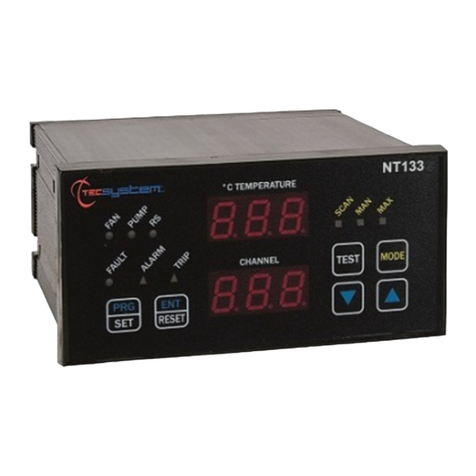
TECSYSTEM
TECSYSTEM MULTIMODULE 133 User manual
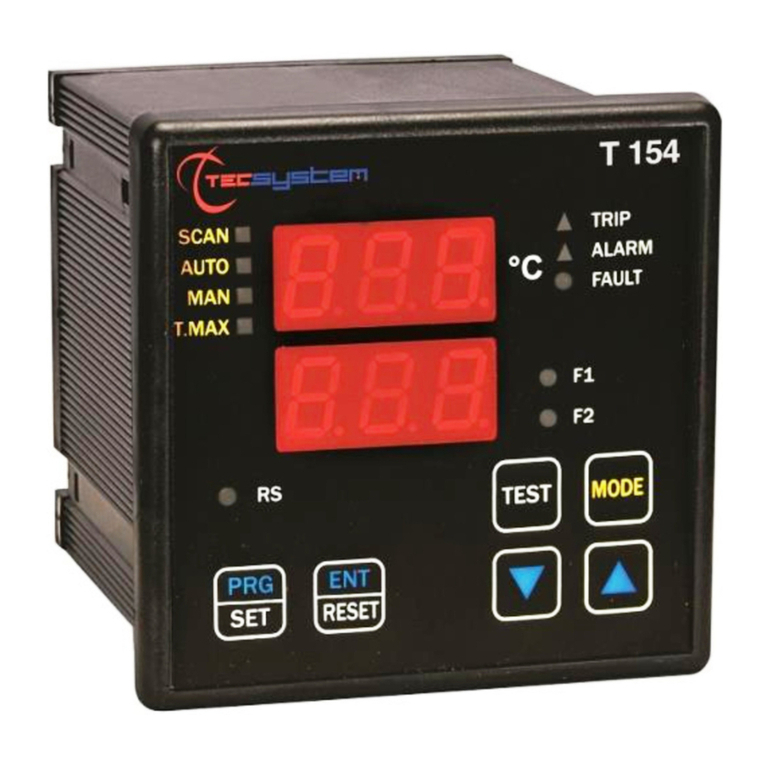
TECSYSTEM
TECSYSTEM T154 Series User manual
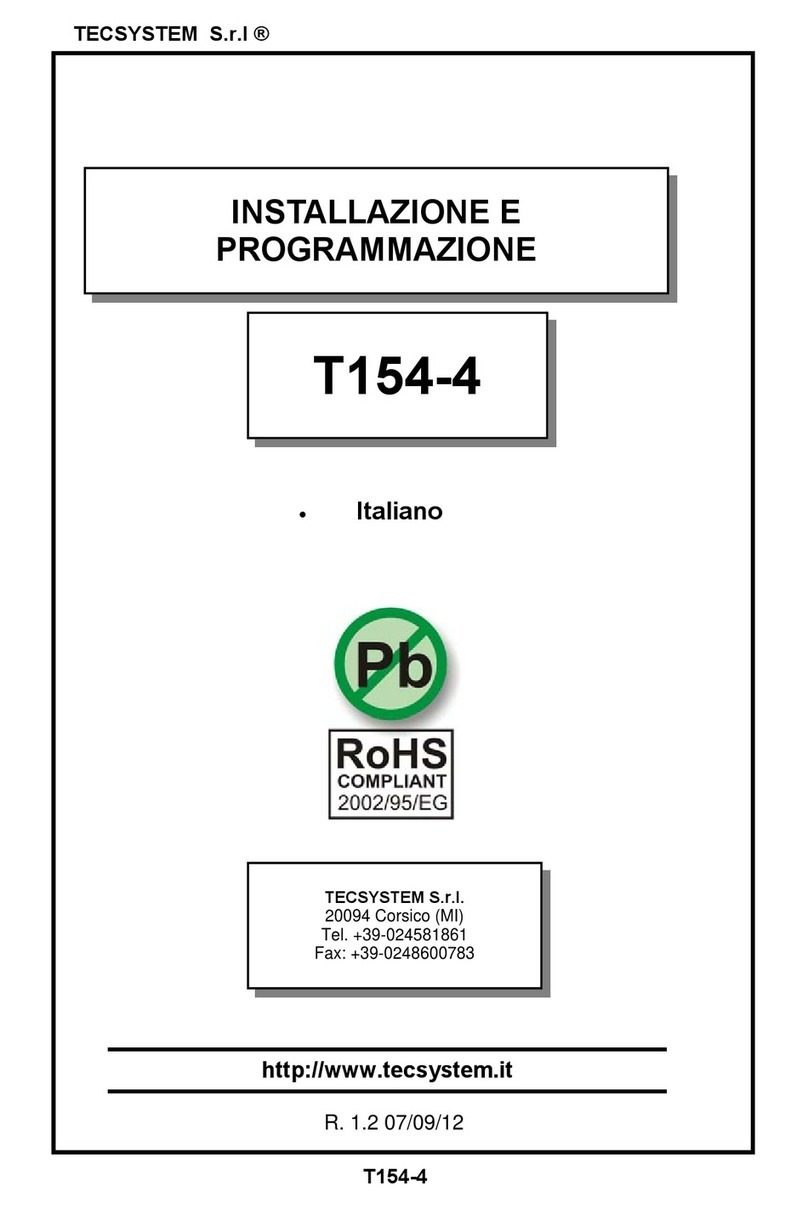
TECSYSTEM
TECSYSTEM T154-4 Manual
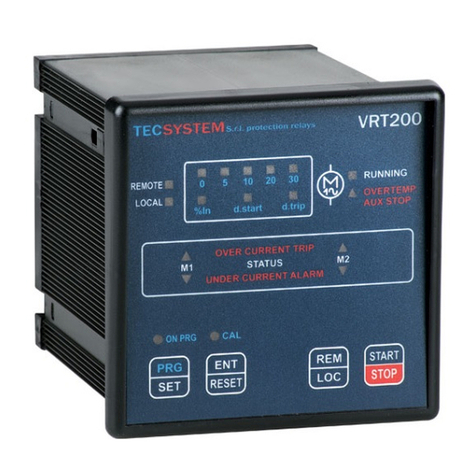
TECSYSTEM
TECSYSTEM VRT200 User manual
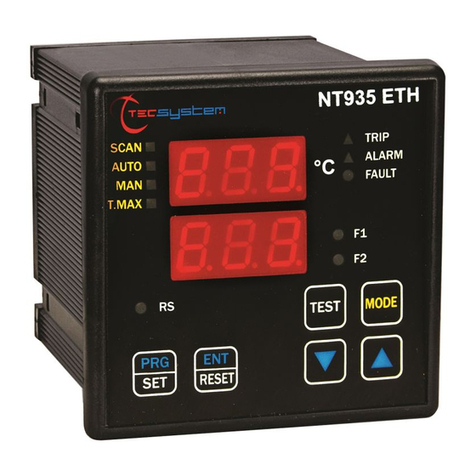
TECSYSTEM
TECSYSTEM NT935 ETH User manual
Popular Controllers manuals by other brands
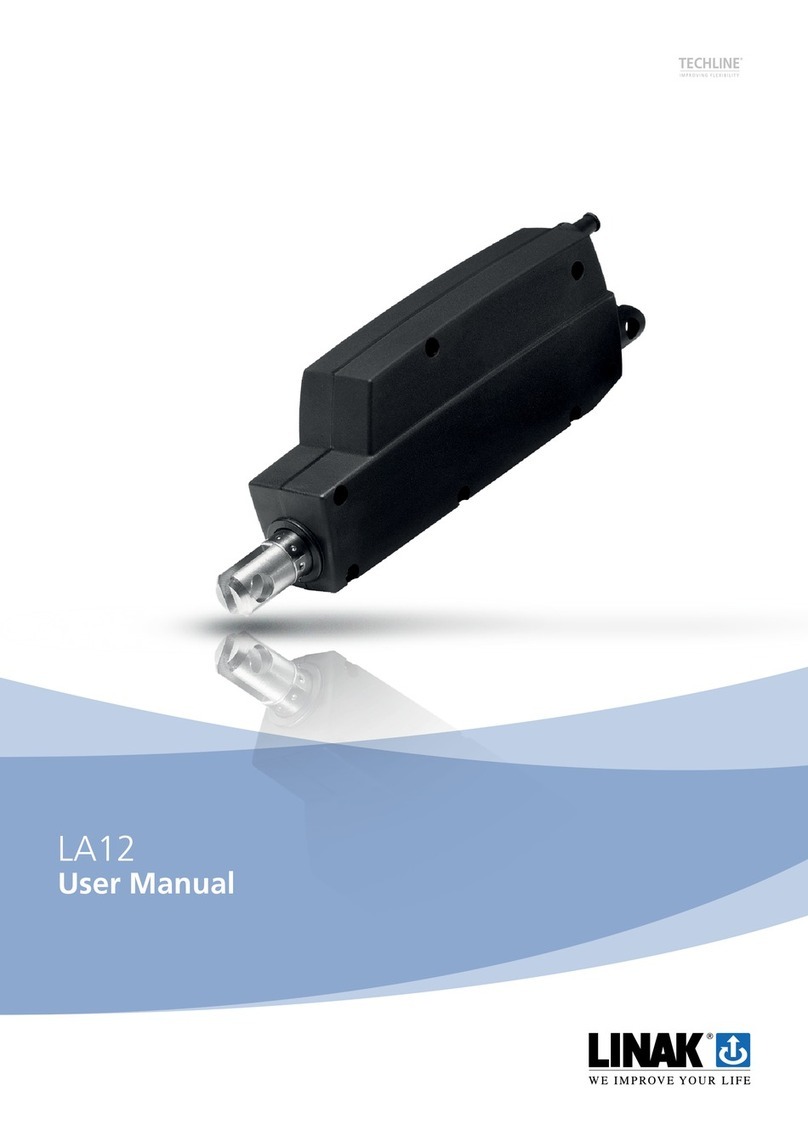
Linak
Linak LA12 user manual
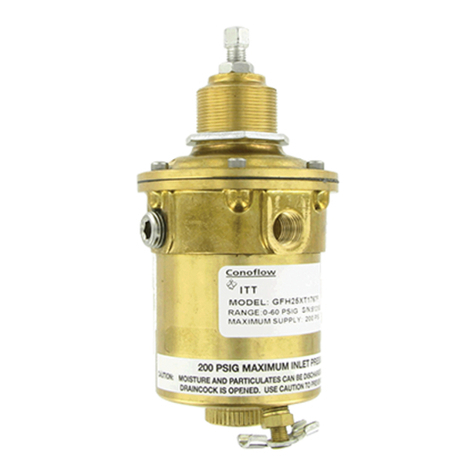
ITT
ITT GFH20XT1767C Instruction and maintenance manual
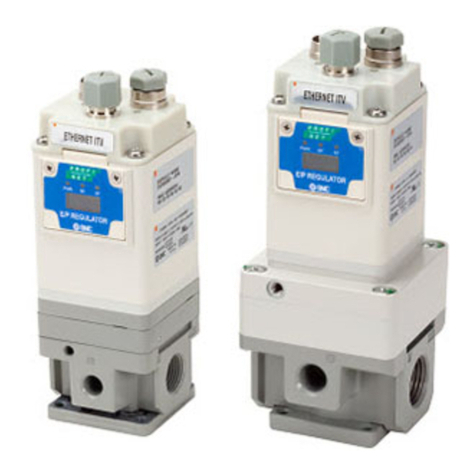
SMC Networks
SMC Networks ITV 0 Series instruction manual
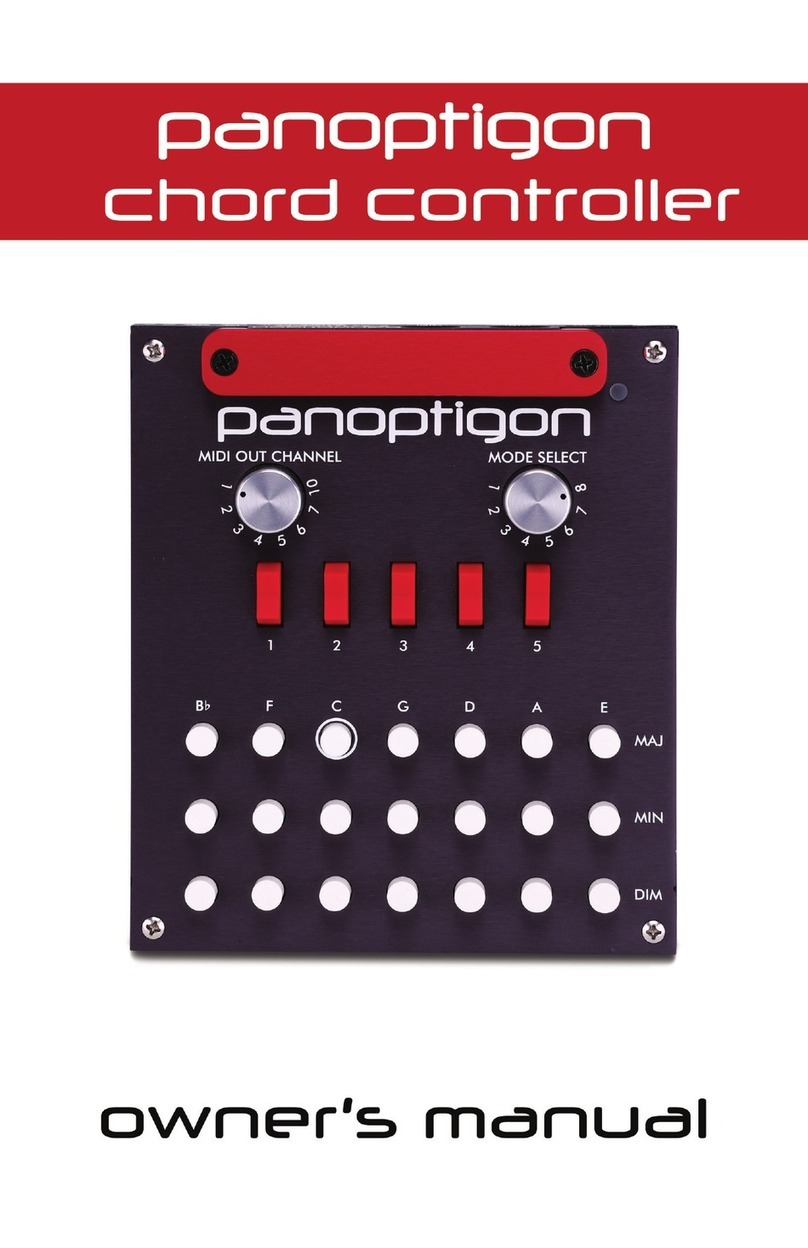
Panoptigon
Panoptigon Panochord owner's manual
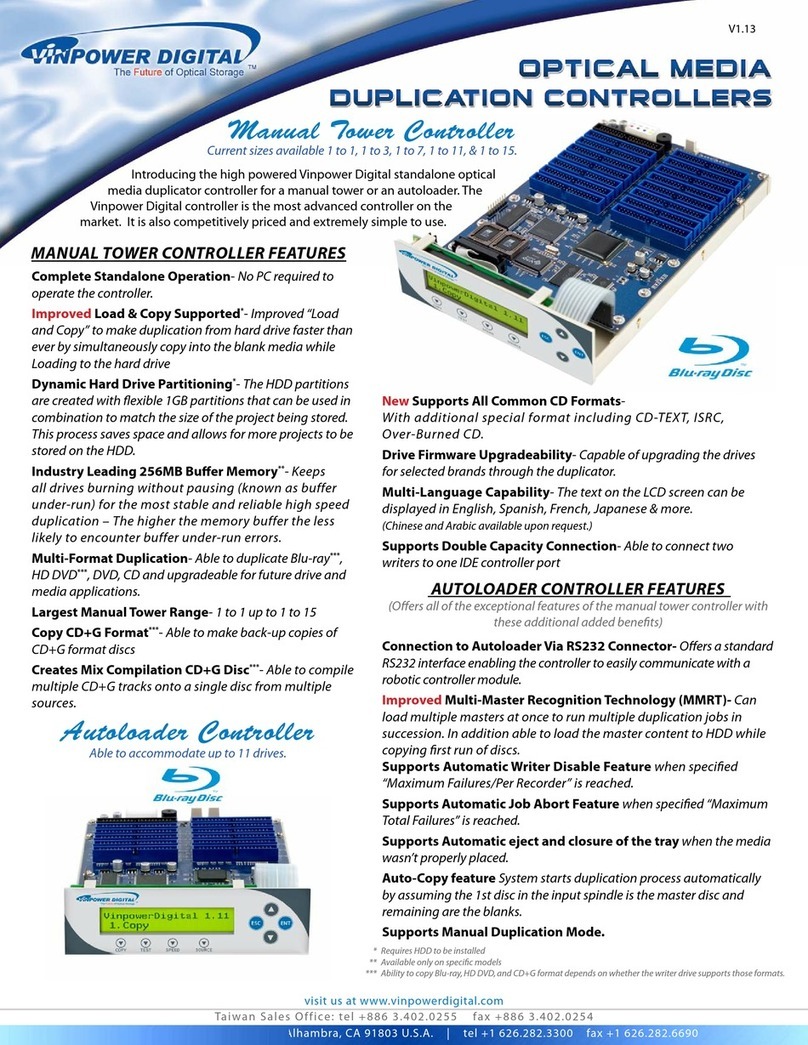
Vinpower
Vinpower OPTICAL MEDIA DUPLICATION CONTROLLERS specification
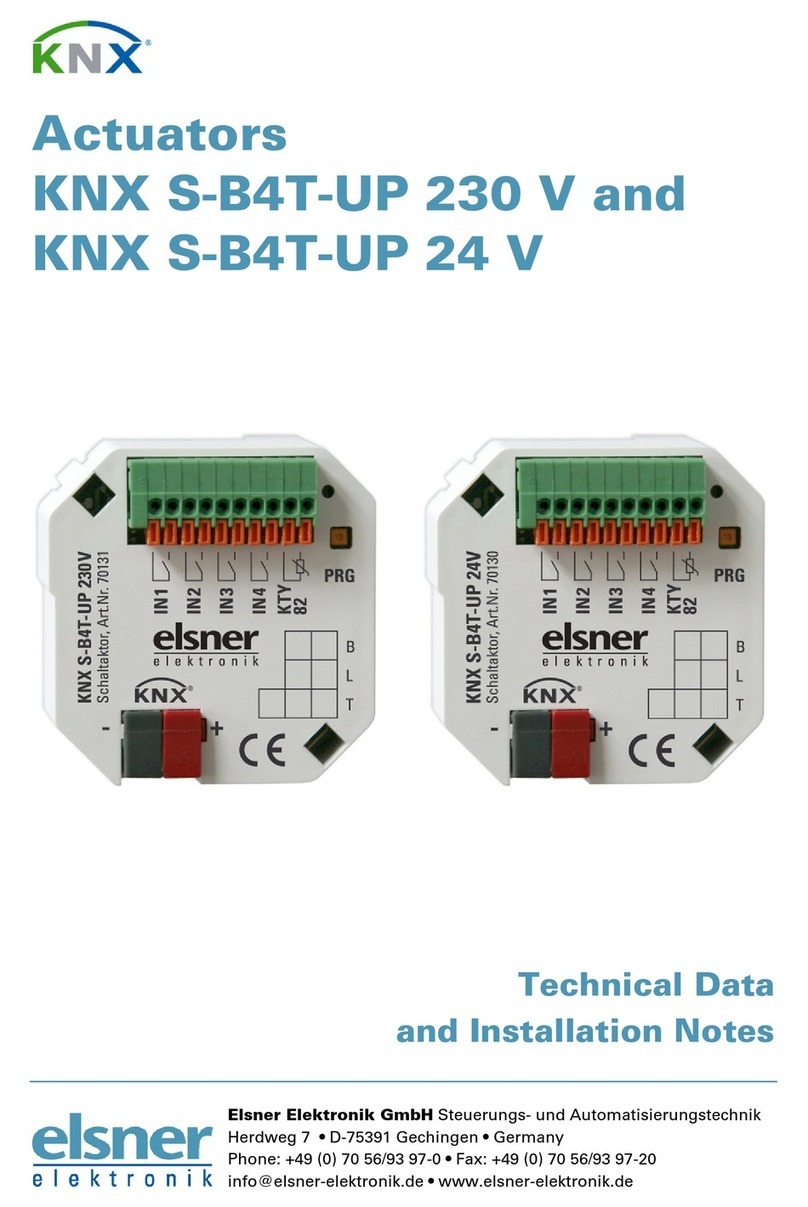
elsner elektronik
elsner elektronik KNX S-B4T-UP 230 V Technical Data and Installation Notes

CorroVenta
CorroVenta HomeVision Pro user manual

EMRI
EMRI EMRI2490 instruction manual
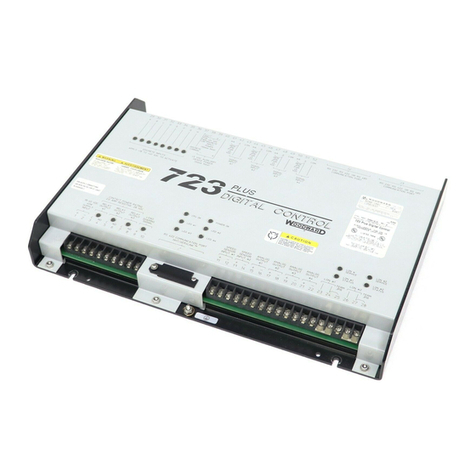
Woodward
Woodward 723PLUS Installation and operation manual

Rockwell Automation
Rockwell Automation Allen-Bradley LiquiFlo 2.0 user manual
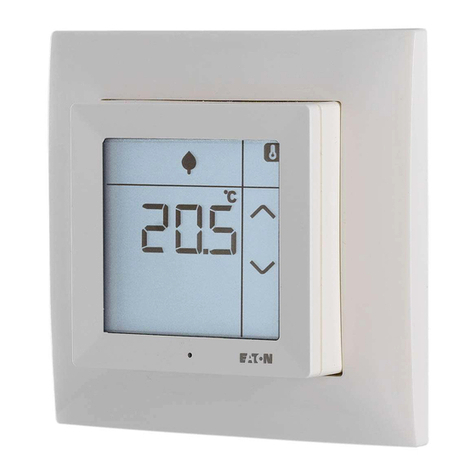
Eaton
Eaton xComfort Room Controller Touch user manual
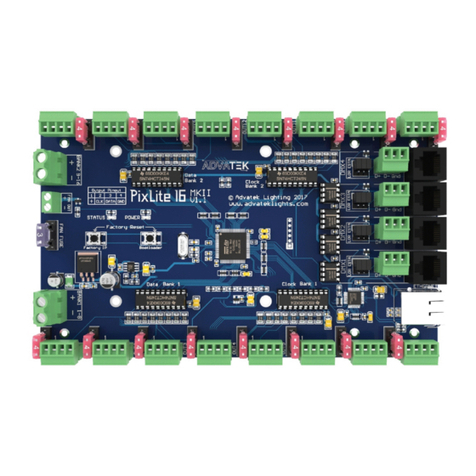
Advantek
Advantek PixLite 16 Mk2 ECO user manual

